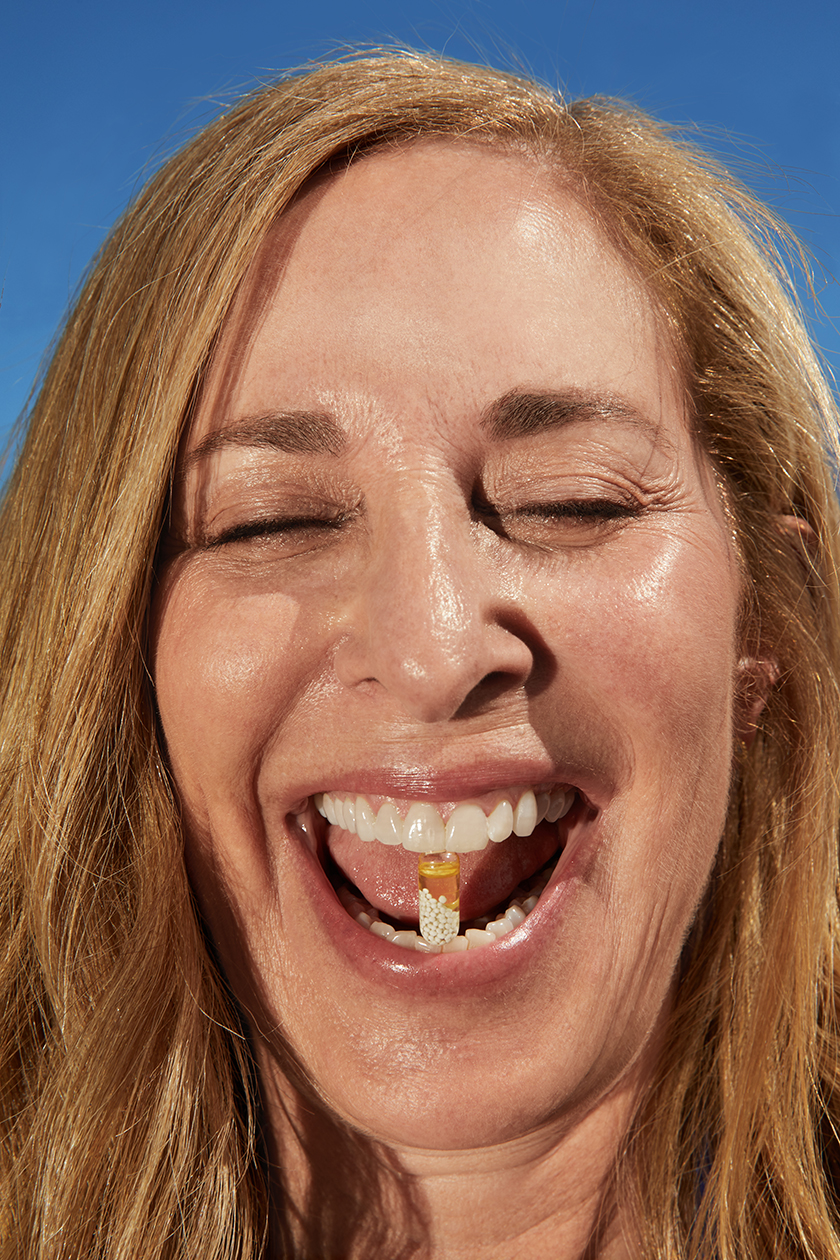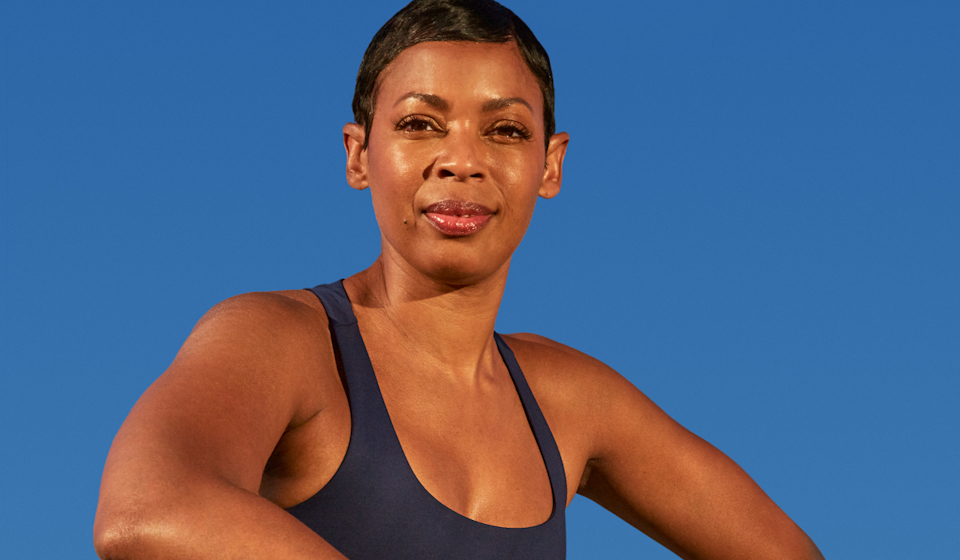The greatest tool in a woman’s toolbox isn’t a cosmetic or a brush. It’s self-determination—the daily commitment you make to yourself and your future, and the hard work and rituals that create the foundation for that journey. Make Your Self is a series that spotlights the stories of women who fiercely embody this relentless pursuit.
It wouldn't be a stretch to look at a business like One Kings Lane and assume that every proverbial brick was placed before it opened its doors; that there was no detail overlooked and every aspect was obsessively thought out, all but guaranteeing its prosperity. But co-founder Susan Feldman tells a much different story about launching the luxury home decor destination. In fact, says Feldman, it was the willingness to be a little less precious that was ultimately integral to the company's overwhelming success—she got to a point when she knew it was time, ready or not, to put her idea out to the world. And by knowing and anticipating that there would certainly be failures and lessons to be learned, she and her team were that much better able to adapt along the way.
At the time of One Kings Lane's launch, Feldman was 53—and ultimately, the labor-of-love project that she chose over retirement was life-affirming in the sense that she realized that her age and experience gave her a unique power to execute on an idea and turn it into a full-fledged business. Most of all, she had the perspective to understand how setbacks can transform something for the better—wisdom that might have been more difficult to grasp in, say, her twenties.








